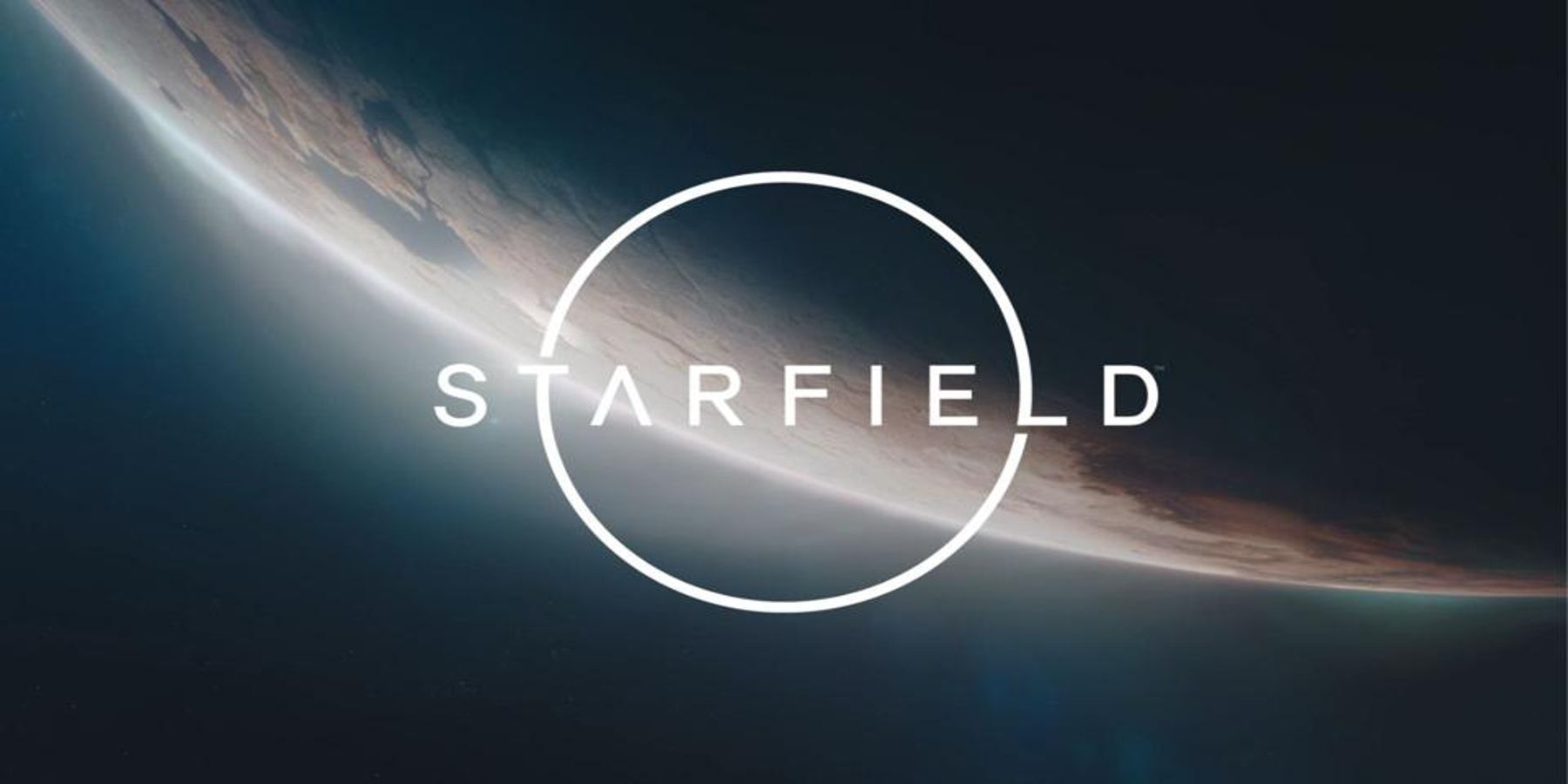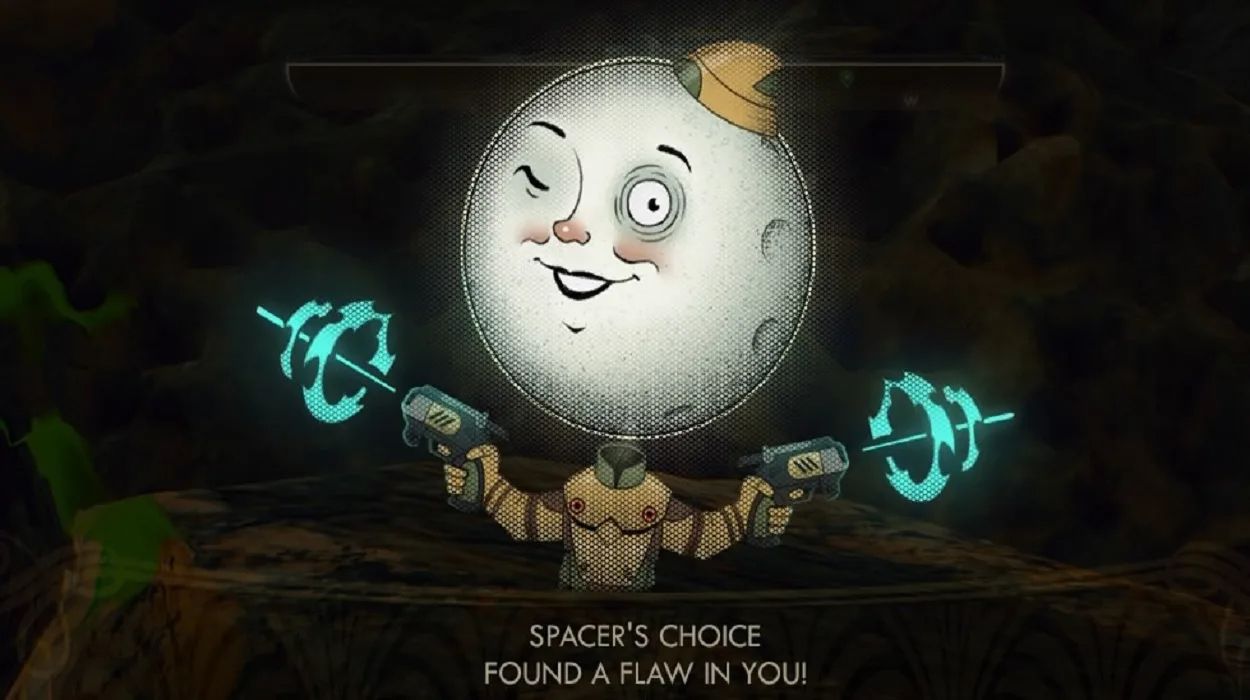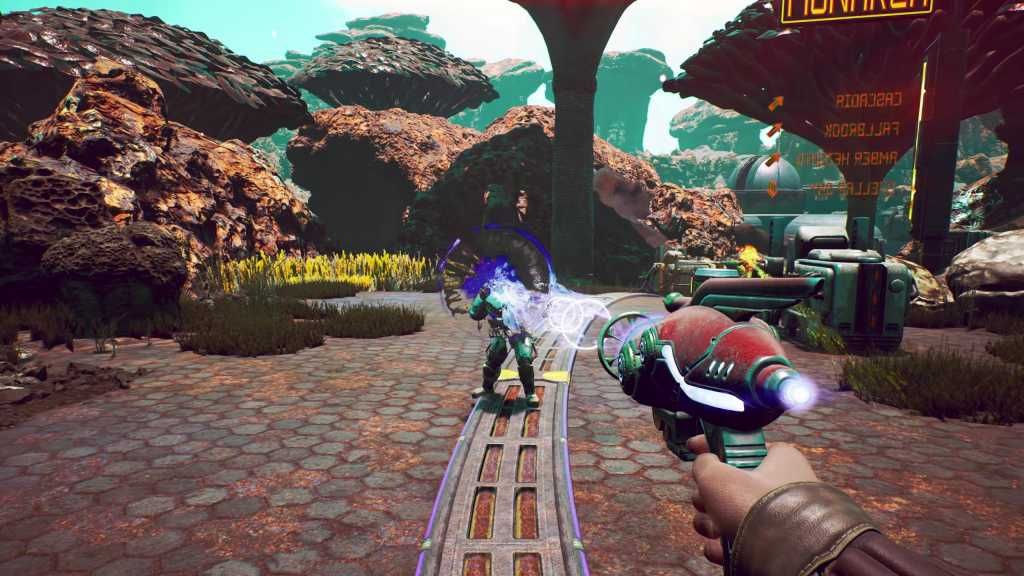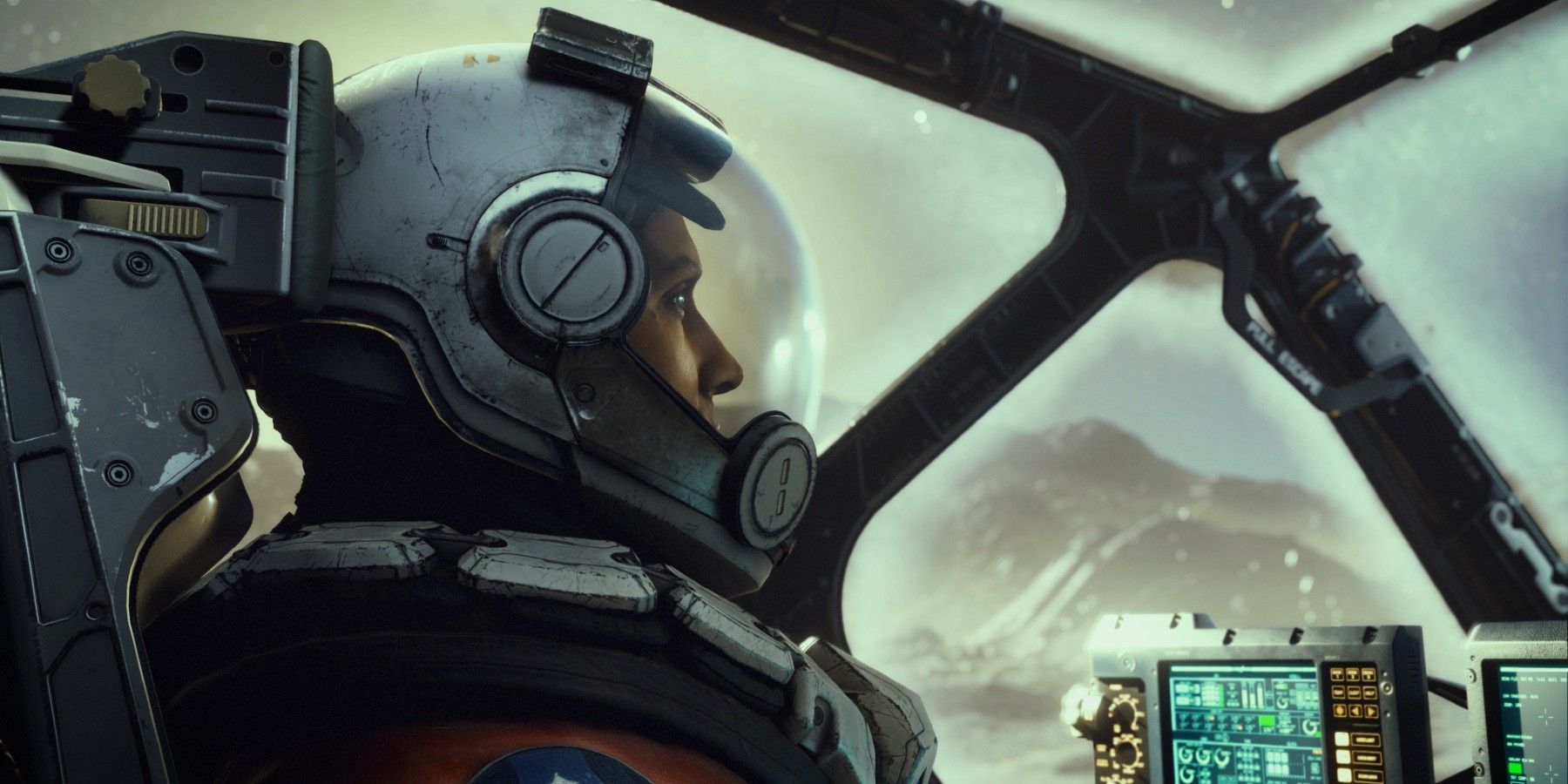Bethesda's first new IP in 25 years, Starfield, is one of the most anticipated RPGs of this generation. Bethesda Softworks entered into the mainstream with ground-breaking RPGs like Fallout 3 and The Elder Scrolls series. However, Obsidian Entertainment briefly worked on the series with Fallout: New Vegas, a spin-off game between Fallout 3 and Fallout 4. More recently, Obsidian has been working on The Outer Worlds series, with a sequel now in development. Both Bethesda and Obsidian share similar game design philosophies and are giants within the RPG world.
With Starfield set to release in just over a year, it should consider taking some cues from its closest development partner's latest successful IP, The Outer Worlds. As Obsidian Entertainment is familiar and has experience with Fallout, much of that style of humor dominates players' experiences within The Outer Worlds. This is most apparent with the flaw system, in which players who experience much of the same thing could develop a phobia or weakness to that thing, robots, for example. Furthermore, the Science Weapons and character creation allow for an incredible amount of build variety and replayability, which is something all RPGs should strive for.
The Outer Worlds' Flaws in Starfield
In The Outer Worlds, it's very likely that for one reason or another, the player will receive one or two character flaws. As mentioned, these are caused by continued interaction with one of the game's systems. Players who enjoy sneaking, but continuously get caught by the guards in restricted areas are likely to get the paranoid flaw, which lowers all the player's personality attributes by one. However, it isn't all bad, as with every flaw comes a perk point to spend on anything, giving players a small boost to offset this unique downside.
There are fifteen different flaws in The Outer Worlds, each with its own downside and specific requirement to receive them. It's worth noting that by default, these flaws are optional and can be rejected by the player if they so choose. It's recommended to accept them as it allows for unique roleplaying and gameplay options which can create truly memorable moments and playthroughs. This system is unique to The Outer Worlds and really sets itself apart from other RPGs, including the Fallout series.
It seems unlikely that Starfield would incorporate the flaw system exactly as it appears in The Outer Worlds. The comparatively serious atmosphere within Starfield, based on the trailers released so far, wouldn't make sense to include flaws in the same way that The Outer Worlds does. However, it could still use this general idea of negative character traits based on how the player acts within the world. The aforementioned paranoid flaw is neutral in terms of tone and could be easily implemented after being caught doing illegal actions, for example.
The Outer Worlds' Science Weapons
One of the other most memorable features about The Outer Worlds was its Science Weapons. These were unique weapons that had all kinds of wacky and useful effects. These range from the self-explanatory Shrink Ray, to the Gloop Gun, to the Mandibular Rearranger, which resizes body parts upon contact with an enemy, in addition to dealing some respectable damage. The subsequent DLCs for The Outer Worlds furthered the number of Science Weapons within the game, proving that this is a feature that is beloved by both fans and developers.
Again, the wacky and eccentric setting of The Outer Worlds means its Science Weapons, as they are, might not be the best fit in Starfield. Instead, Starfield should consider incorporating equally powerful and futuristic science weapons. Instead of serving a more comedic purpose, they should be the most powerful items in Starfield's arsenal and be capable of awe-inspiring destruction. They should be similar to the Fat Man from the Fallout series, but taking on a more plausible design than the miniature nuke launcher of those games, in order to maintain the serious and optimistic atmosphere of Starfield.
Starfield's Build Variety
The previous two features combine with The Outer Worlds' extensive character creator which allows for a staggering amount of different and viable builds. The Outer Worlds goes even further than Fallout: New Vegas in terms of allowing wildly different approaches to every situation.
It's just as possible to beat the game without killing anyone as it is to complete whilst killing everyone possible. There are completely skippable missions as well as a unique ending that sees the player accidentally killing the last human colony, provided that their intelligence stat is low enough. This gives a feeling that the developers truly thought of everything and that one approach wasn't inherently better than another.
This kind of balance is something that Bethesda has struggled with in its past games, but has shown signs of improvement such as with the pacifism system in Fallout 4. There's a reason that the "stealth archer" is the go-to build for Skyrim players. It's arguably the most fun and engaging build because the stealth system is fleshed out in a way that magic and close-combat are comparatively not.
Creating a good RPG doesn't necessarily mean having a vast amount of independent systems. Oftentimes, it's better to have a smaller amount of fully expanded systems that interact with one another in interesting ways. A small amount of deep systems is usually better than a large number of shallow systems. The Outer Worlds has just six attributes and 42 perks while Skyrim has eighteen skill trees and a whopping 251 perks.
Given Bethesda Softworks and Obsidian Entertainment's similar game design principles, it seems likely that Starfield will take some features of Obsidian's latest game The Outer Worlds. The best parts of The Outer Worlds would be a great fit for Starfield, after making some tonal changes so that they make more sense in that universe. The role-playing potential of negative character flaws and the unique gameplay associated with the fascinating Science Weapons would create the potential for increased build variety. This would be furthered even more if Bethesda took a "less is more" approach for its skill, perks, and attributes.
Starfield releases on November 11, 2022, for PC and Xbox Series X/S.




